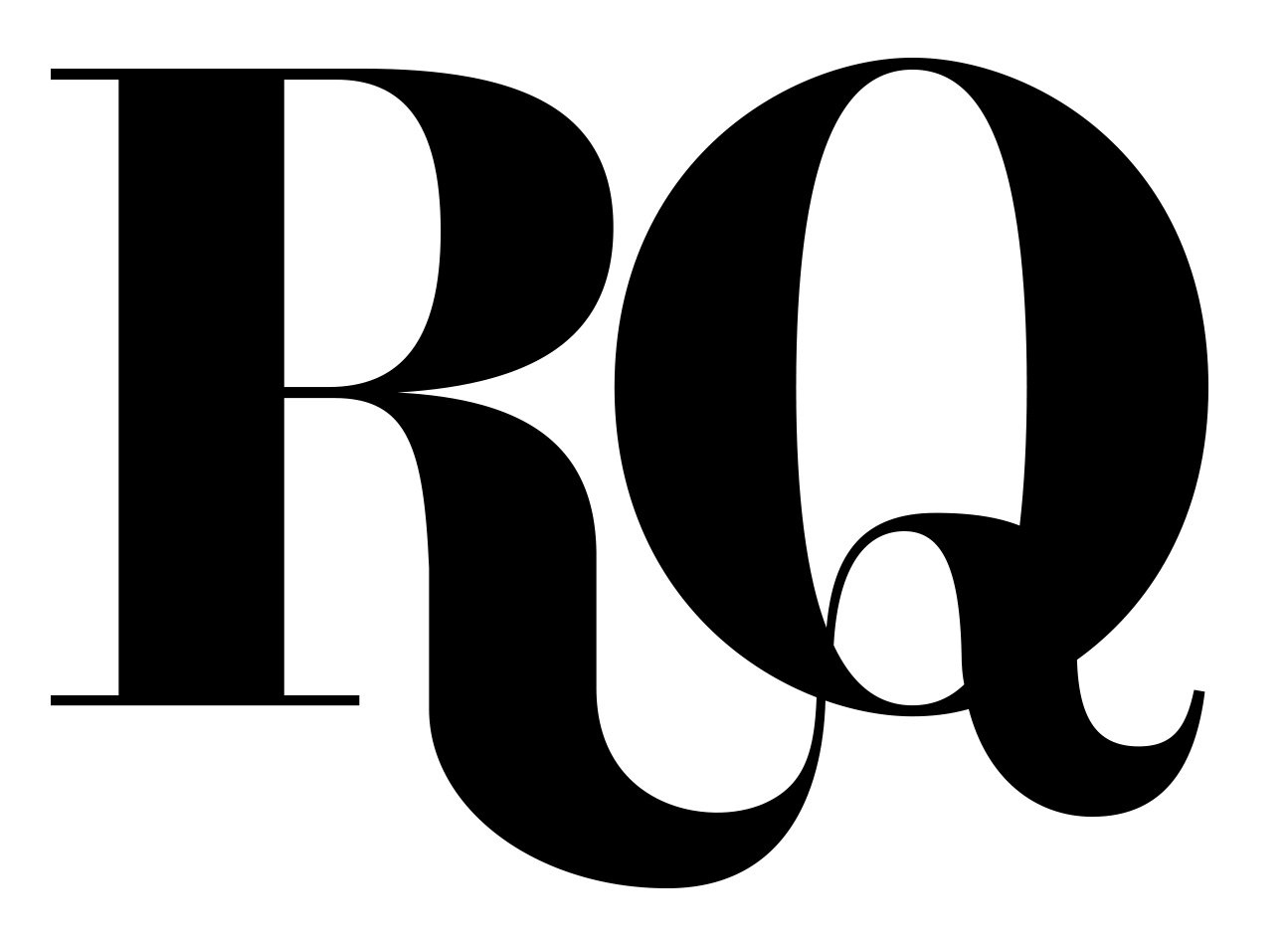EXPLORATION // OPTICAL ART AND UNIVERSAL FORM
Summer Game
Riding the cosmic quilts of magi Edna Andrade
By Heather Shayne Blakeslee
EXCERPT //
It’s hard to conjure a person you’ve never met. But this is what it seems like to me:
Andrade first found form as she painted the landscapes of the Virginian shores of her youth, and then reached for pure abstraction among the stars in paintings such as 1966’s Moongate A. With subtle hues of rock-gray purple and shell pink against a backdrop of black sky, we’re invited to travel the galaxy and careen around the stars using a simple square and a main circle as our point of reference. It’s like sitting in the airport lounge of Interstellar Airlines and looking out the window. They serve excellent martinis. Things run on time.
But at some point, Magi Andrade returned to earth, and into the very human body she inhabited. Her return to the coastal pictures of her youth, this time inspired by the rocky granite cliffs of Great Cranberry Island in Maine, where she maintained a studio and residence, was in part an adaptation to the loss of strength and fine motor control she needed to execute her more exacting and physically demanding paintings. Her hands were gnarled. Stiffening. Trembling. On a note card in her effects, she wrote, “Old age is not for sissies!” emphasizing the last word in red. “I’ve had great creative blocks in the past but the recurring one of the past year is the most stubborn. The view from where I stand in my life now becomes more metaphysical and I try to accommodate for this preoccupation, and for diminishing visual acuity, manual dexterity and muscle. To get through the block, what I am doing is playing with the elements of painting.”
Crevice and Pebbles, which dates from 1997 to 2000, has hues reminiscent of the subtle tonalities of Moon Gate A, painted 30 years earlier, when she was just beginning to stretch away from formalism. Like Flying Cross, devoid of context, one might not know if the crevice and pebbles we’re looking at are on Earth, at the bottom of the sea, or in a rocky outcrop of a distant planet. Just as she destabilized our eye, eventually she destabilized our sense of place and time. Her best paintings and drawings are born from simple balance and beauty, the knowable and unknowable combined in her sure hand, driven by elegant equations.
Edna Andrade took a stick and, with herself as the center, drew a circle around herself, and called it strong magic—and it was. The great energy of the universe orbited around her. She called for form, and there was form. She called for light, and there was light. She called for life, and there was life. She still graciously invites us to ride with her on her cosmic quilts in an endless summer game, out past the horizons of her perception and imagination, and of ours. //
For full text and images, consider reading RQ in print, on a Sunday afternoon, sun streaming through your window, coffee in hand, and nary a phone alert within sight or in earshot… just fine words, fine design, and the opportunity to make a stitch in time. // Subscribe or buy a single issue today. // Print is dead. Long live print. //

